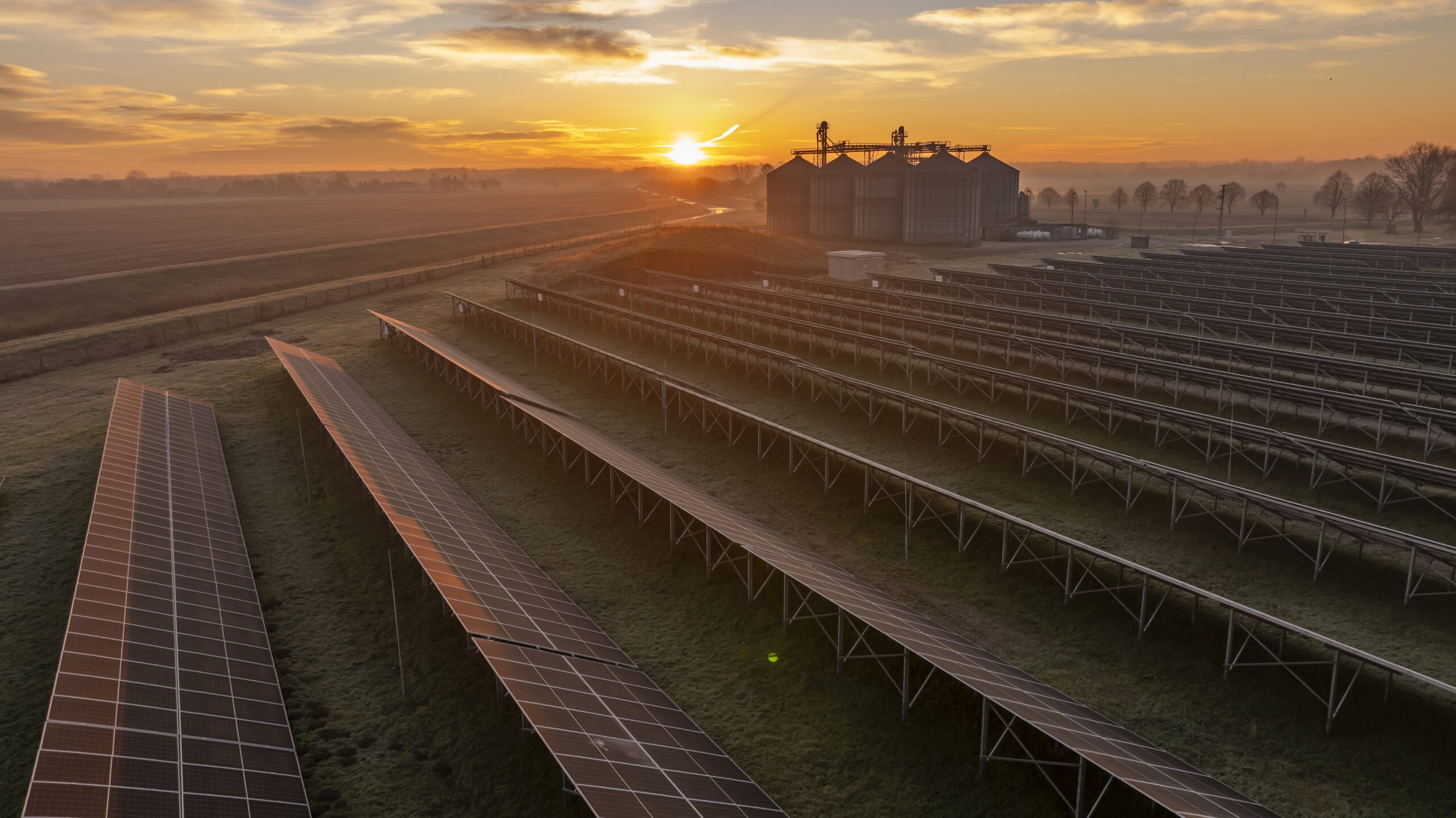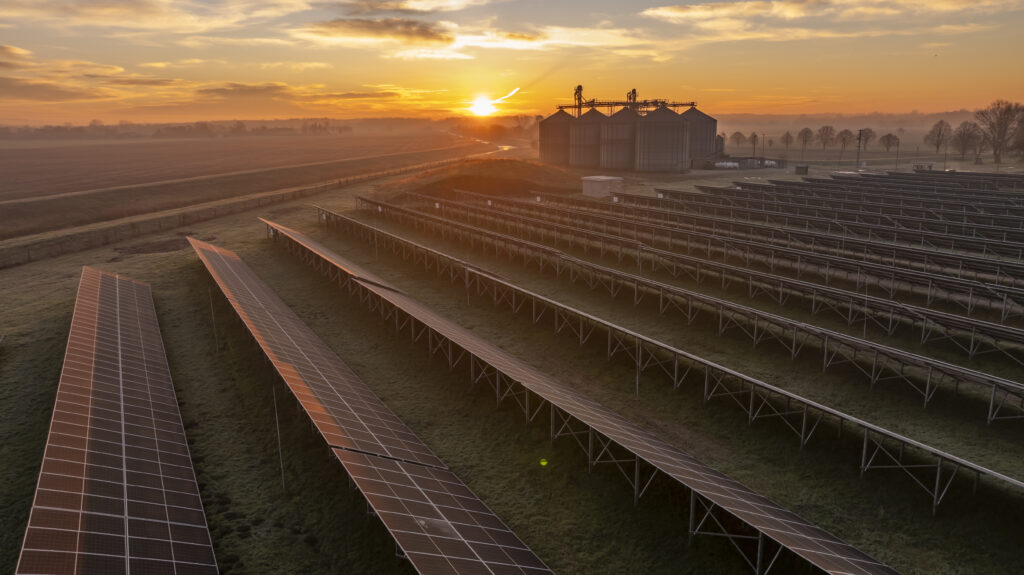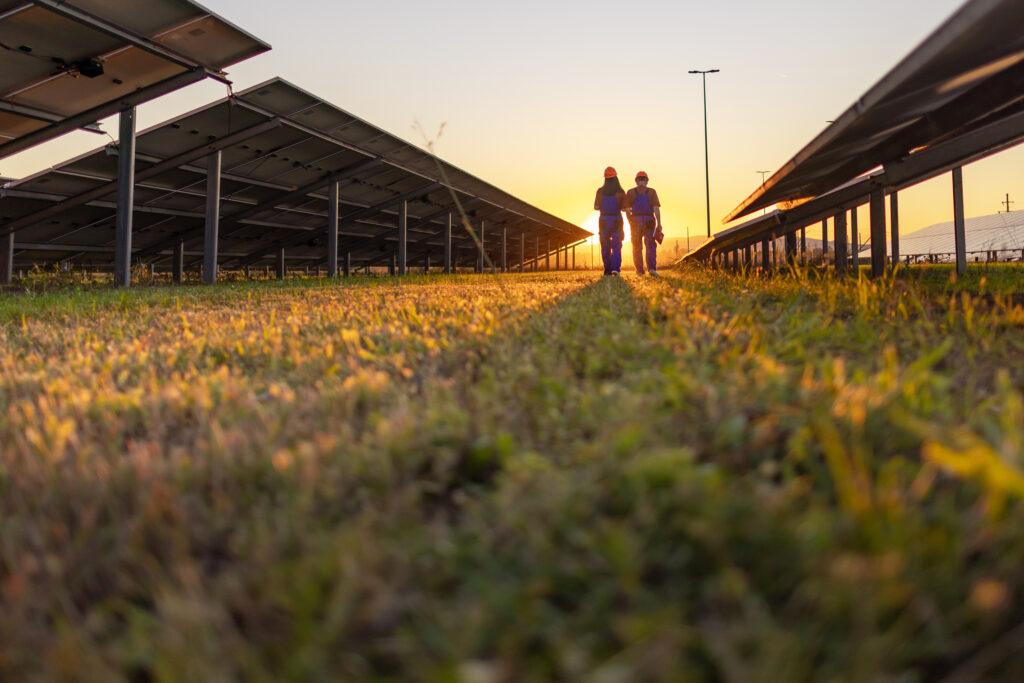Why hosting a project can strengthen more than just the grid
Across rural America, renewable energy projects are helping strengthen local economies. When farmers and ranchers choose to host wind, solar or storage projects, the benefits often stay close to home. Communities can use these revenues to support schools, repair roads, fund emergency services and ease property tax burdens for residents.
Local Revenue: Taxes and Lease Payments
According to national research, wind and solar projects contribute about $3.5 billion each year in combined lease payments and local and state taxes. Roughly $1.8 billion of that total goes directly to landowners through long-term lease payments, providing a reliable source of income that doesn’t depend on weather or commodity markets. Another $1.7 billion supports local governments through tax revenue.
For many rural areas, that revenue translates into better infrastructure and stronger public services. A study by Lawrence Berkeley National Laboratory, the University of Connecticut and Amherst College examined 638 school districts across 35 states and found that wind projects led to measurable increases in both revenue and spending, often improving facilities and educational opportunities.
One Ohio district received an additional $400,000 per year for two decades, funding new technology for every K-12 student and expanding science and engineering programs. In Texas, renewable energy projects have generated more than $20 billion in local tax revenue over their operating lifetimes.
Employment and Local Commerce
Construction of a new wind or solar project can temporarily bring hundreds of skilled workers to a community. Local hotels, restaurants, gas stations and suppliers often see increased business during this period. Once construction is complete, these projects continue to support jobs with positions like site technicians and managers or even snow removal and landscaping contractors.
Routine maintenance and operational needs also keep money circulating locally, as companies purchase parts, rent equipment and maintain service accounts with nearby businesses.
Sharing the Land: Income From Both Energy and Agriculture
Some projects use an approach called agrivoltaics, where solar panels are arranged to allow crops or livestock to continue using the land beneath or around them. This approach allows farmers to maintain production and generate additional income from the same acreage.
Panels can provide shade that reduces heat stress on animals or shield crops from extreme weather conditions, demonstrating that energy production can work alongside long-standing agricultural practices rather than replacing them.
The Rural Benefits Add Up
For many rural landowners, renewable energy can offer one more way to keep their operations strong and their communities vibrant. Hosting a project can provide dependable income, help fund local services through tax revenue and create new economic activity — all while keeping decision-making in local hands.
Reach out for more information on renewable energy projects or to learn about our membership via our contact form. We’re happy to help.



